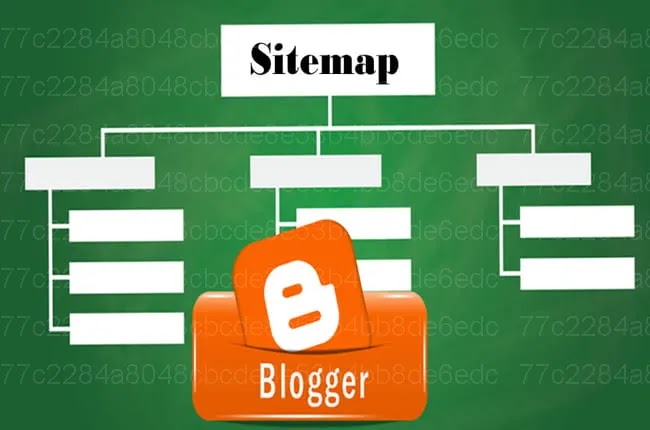XML sitemap (XML sitemap) is an important file in SEO, helping search engines like Google easily index the pages on your blog. By creating an XML sitemap, you’ll help Google better understand your blog’s structure and index your posts more quickly and accurately. In this article, we will learn how to create an XML sitemap for a blog on Blogger.
What is an XML Sitemap?
An XML sitemap is a file that contains a list of pages on your blog that you want search engines to index. It helps Google and other search engines understand the structure of a website and know which pages should be indexed. This is very important in improving your blog’s SEO rankings.
- Faster indexing: XML sitemaps help Google find and index new pages quickly.
- Rank improvement: When Google understands your blog’s structure, your chances of ranking in search results will improve.
- Optimize user experience: When a blog is fully indexed, readers will easily find your content through search.

Steps To Create XML Sitemap For Blogger
Blogger doesn’t automatically generate complete XML sitemaps like many other platforms, but you can easily create a sitemap for your blog by following these steps:
1. Use Default Sitemap Path
Blogger automatically creates a shortened version of the XML sitemap with the latest posts. You can access the default XML sitemap by adding `/sitemap.xml` after your blog’s URL. For example:
//tên-blog-của-bạn.blogspot.com/sitemap.xmlHowever, this sitemap only contains a limited number of recent posts (about 26 posts). To create a full sitemap, you need to take a few additional steps.
2. Create a Full Sitemap for Your Blog
To create a full sitemap that includes all blog posts, you can use the URL below, combined with the feed format:
//tên-blog-của-bạn.blogspot.com/feeds/posts/default?alt=rssThis is an XML sitemap that contains all your blog posts and helps search engines index the entire blog. You just need to change your-blog-name with your blog domain name to use.
3. Submit Sitemap to Google Search Console
After creating an XML sitemap, the next step is to submit it to Google Search Console to help Google index your blog faster. Here are the steps:
- Visit Google Search Console and sign in with your Google account.
- Select the website/blog for which you want to submit a sitemap.
- In the menu on the left, select Sitemap.
- Enter your XML sitemap path (e.g.:
feeds/posts/default?alt=rss) in the “Add new sitemap” box. - Click Send to complete.
4. Check Site Map Status
After submitting your sitemap to Google Search Console, you can check your blog’s indexing status. Google will display the status of indexed pages and errors if any. To check, follow these steps:
- In Google Search Console, select your blog.
- Click on the section Page indexed to see the indexing status of your blog pages.
- If there is an error, Google will display detailed information and suggestions on how to fix it.
SEO Optimization Tips With XML Sitemaps
- Check and update the sitemap regularly: Every time you publish a new article, check your sitemap to make sure all new articles are indexed.
- Use the full sitemap: Make sure you use the full XML sitemap instead of the shortened version so search engines index the entire content.
- Resolve indexing errors: If Google Search Console detects errors during the indexing process, resolve them as soon as possible so as not to lower your SEO rankings.
- Content optimization: Make sure all pages on the blog have high-quality content, using appropriate keywords for SEO optimization.
XML sitemap
Creating an XML sitemap for Blogger is an important step in SEO optimization and makes it easier for search engines to index your blog. By using the default XML sitemap or creating a full sitemap, you can ensure that all your posts are indexed and displayed in search results. Hopefully with the above instructions, you will easily create XML sitemaps and improve SEO performance for your blog. Wish you success!

